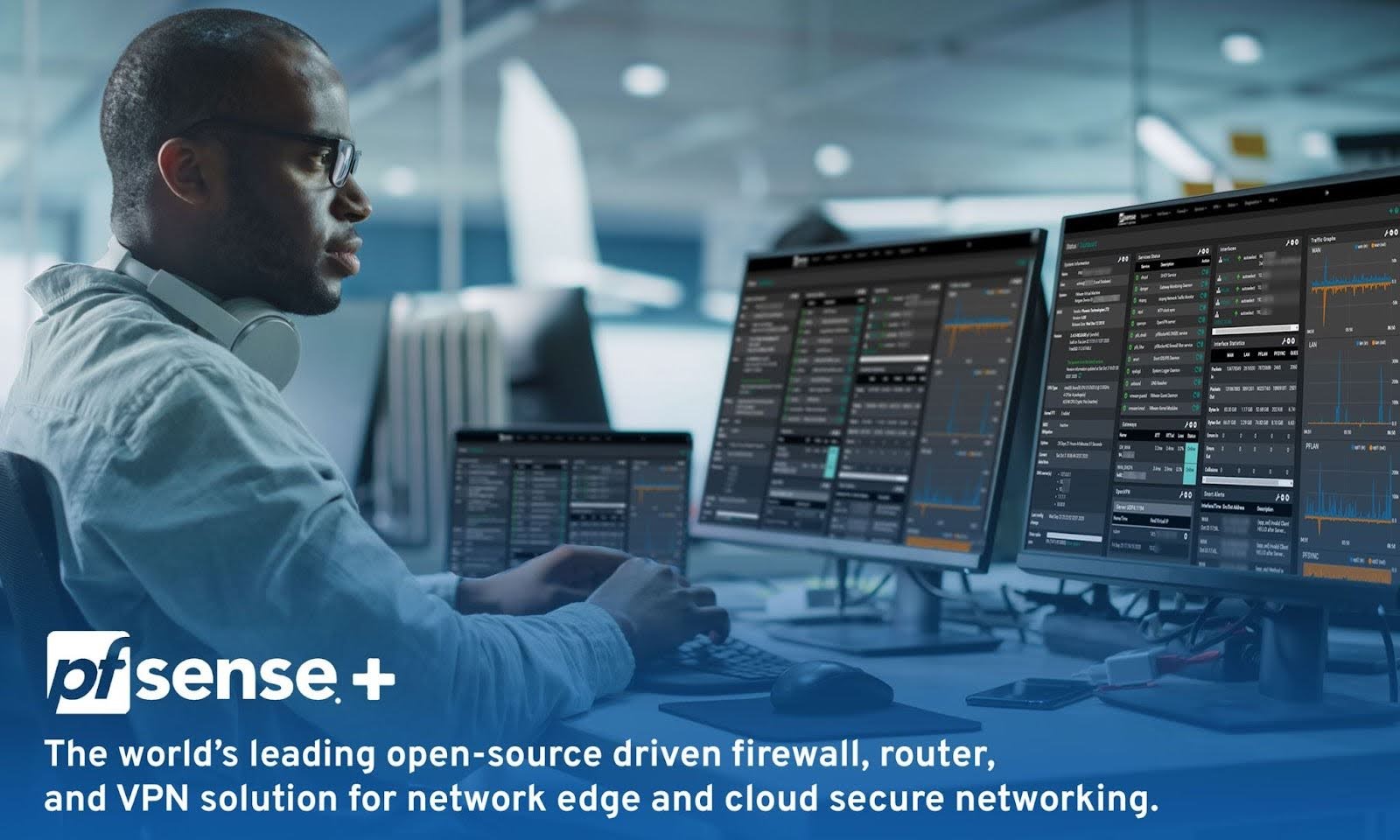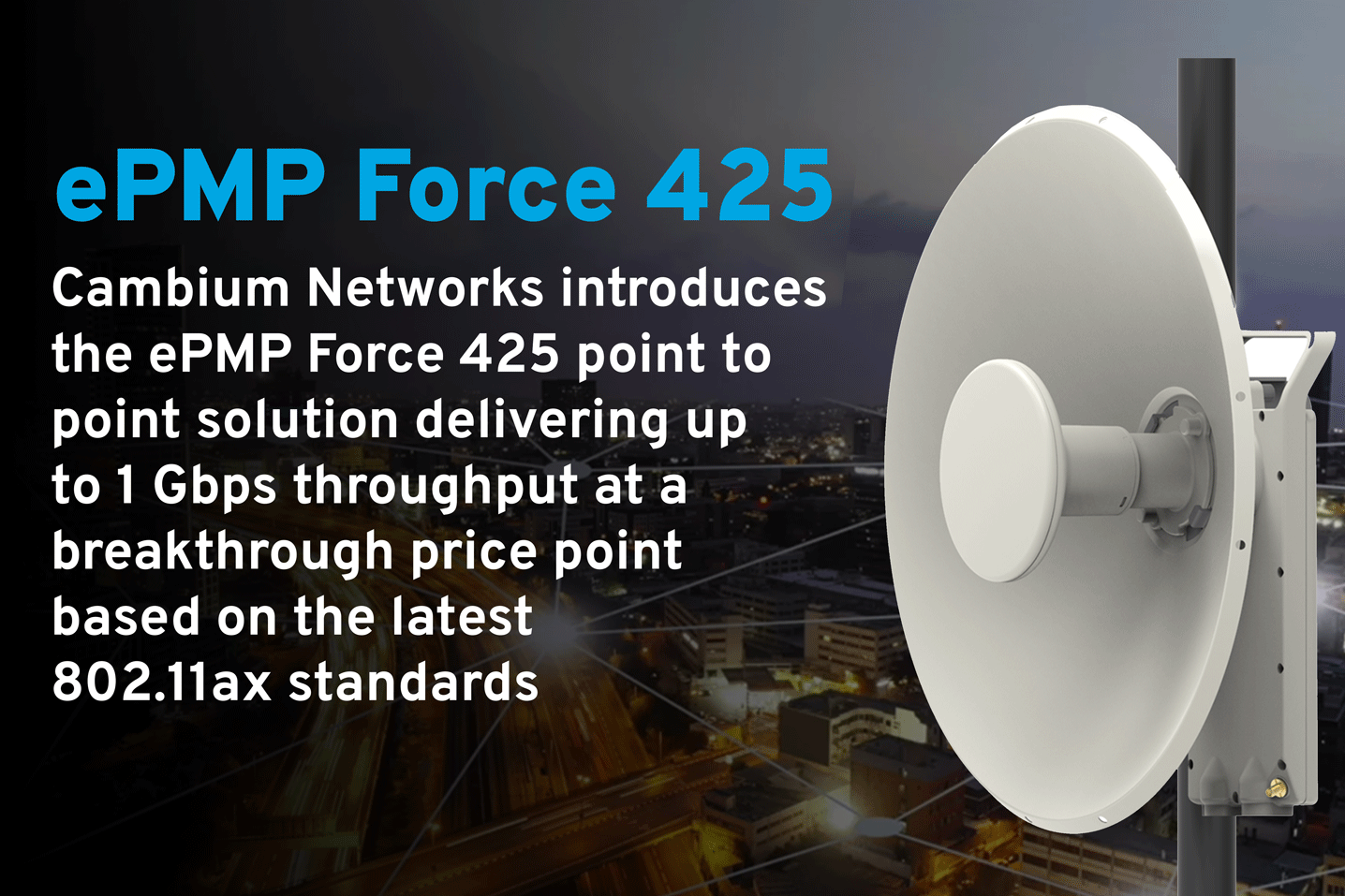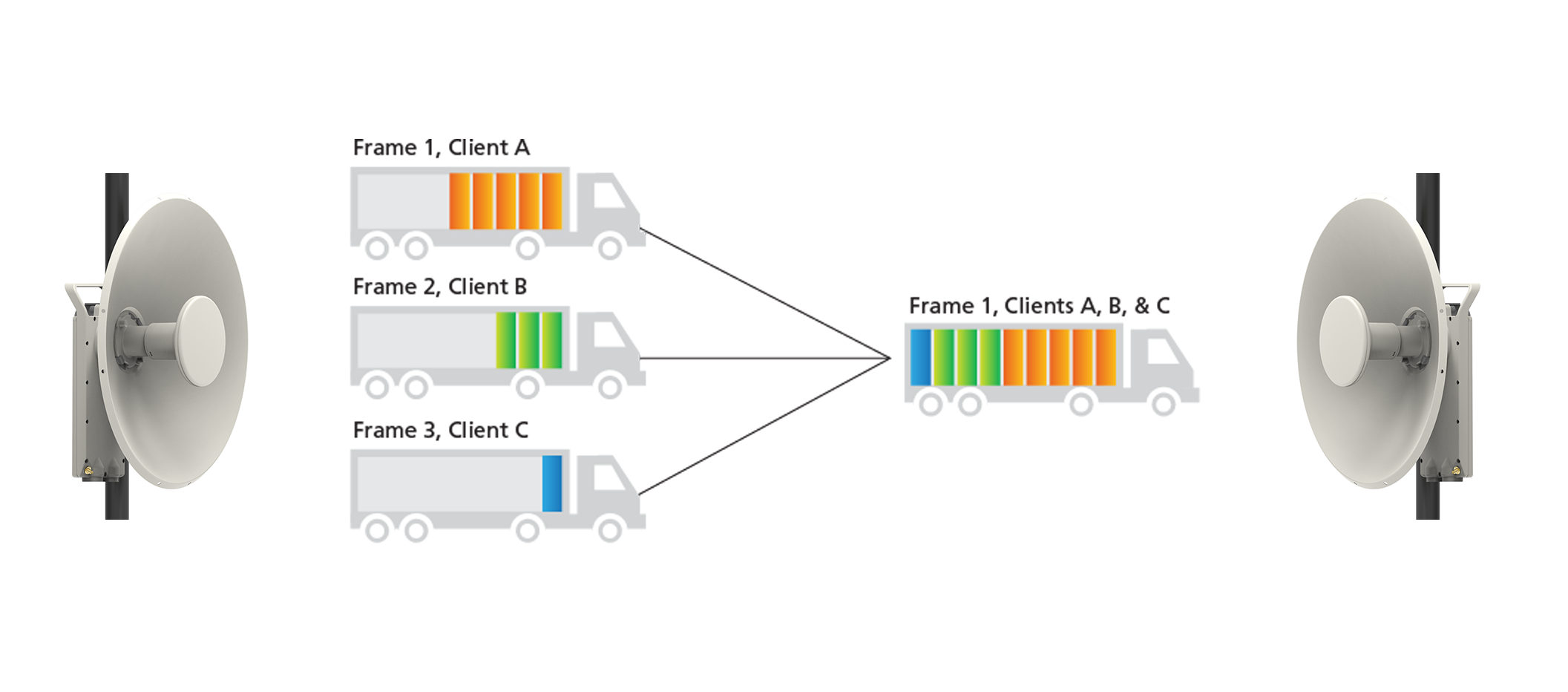
Network security isn't just a checkbox – it's a strategic imperative. And while countless firewalls line the digital battlements, Netgate's pfSense Plus stands out for its unrivaled flexibility and power. Beyond its core firewall prowess, pfSense Plus unlocks a trove of capabilities, transforming it from a mere barrier into a comprehensive network control center.
In this article, we have conveniently grouped the Netgate pfSense Plus capabilities into 4 key applications.
4 Key Applications of pfSense Plus
1. pfSense as a Firewall
The simple rule is wherever you have an Internet connection, you likely need a firewall to create a barrier between your network and the Internet. Firewalls provide a safeguard by applying security policies (rules) that determine what traffic is allowed in or out of your network.
pfSense Plus firewall features:
- Packet Filter - controls network access by analyzing incoming and outgoing traffic at the packet level, allowing or blocking packets with policies around IP addresses, packet type, port number, etc. Packet filter firewalls cannot stop application layer or spoofing attacks.
- Stateful Packet Inspection (SPI) - examines traffic streams from end to end and blocks unauthorized traffic by analyzing packet headers and the state of the packets. SPI firewalls are more secure than basic packet-filtering firewalls.
- Proxy Server - masks your IP address and limits traffic, thus protecting your network resources by filtering messages at the application layer. Proxy server firewalls are the most secure type of firewall.
- Next-Generation Firewall (NGFW) - addresses all of the above and adds features like application awareness and control, integrated intrusion detection/prevention, and threat intelligence feeds.
2. pfSense as a Router
While most often deployed as an edge or cloud router, pfSense can be configured to operate as any of the following router types:
- Broadband Routers − configured and provided by an Internet Service Provider (ISP), broadband routers connect to the Internet through telephone, cable, or fiber and provide Internet access.
- Brouters − These are specialized routers that support both bridging and routing - A bridge does not require Layer 3 IP routing, rather relying upon unaltered Layer 2 source and destination addresses to forward traffic.
- Core Routers − These high-capacity routers live in a network backbone, routing data packets within a given network, but not between networks
- Edge Routers − These are lower-capacity (than core) routers deployed at network edges. They’re designed to connect an internal network to an external network using the Border Gateway Protocol (BGP) for connectivity. There are two types of edge routers, subscriber edge routers and label edge routers.
- Wireless Routers - These provide WiFi connection to WiFi devices like laptops, smartphones, printers, and essentially any Internet of Things (IoT) device
3. pfSense as a VPN
pfSense Plus supports the most popular VPN technologies such as IPsec., OpenVPN, L2TP, and PPTP, and can be configured as a remote-access or site-to-site VPN.
For businesses, pfSense Plus works as a remote-access VPN enabling employees working anywhere to securely connect to the company’s local area network (LAN) via a VPN gateway, as if the employee was physically or wirelessly plugged into the LAN.
For larger multi-branch or campus businesses and institutions, pfSense plus Site-to-site VPNs provide secure connections between two or more LANs in different physical locations, using the public internet as a network backbone.
4. pfSense as an Attack Prevention Solution
Simply stated, attack prevention is stopping malicious actors from carrying out exploits and threats against your network infrastructure and proprietary information. Multiple layers of network security are required to do this effectively - at the network edge, within the network, at the device level, in the cloud, etc.
pfSense Plus offers a suite of highly-regarded add-in packages to address attack prevention at the network edge effectively, such as,
- Intrusion detection and prevention
- Network traffic analysis
- Deep packet inspection
- Application blocking
Where, and how can pfSense be deployed?
The ideal deployment location for pfSense Plus is where the network edge connects to the Internet. Common deployment locations include:
- Home
- Office
- Data Center
- Public Cloud - owned and operated by a third-party cloud service provider
- Private Cloud - physically located at your organization’s on-site data center, or hosted by a third-party service provider
To serve each location (physical or virtual) and customer deployment preference, pfSense Plus is available on a turnkey Netgate appliance, a virtual machine instance, and select public cloud service provider marketplaces.
pfSense Plus - The Choice for the Discerning
pfSense Plus isn't just a firewall; it's a statement. It's a choice for those who demand control, flexibility, and security without compromise. It's the power to sculpt your network, the confidence to face digital threats, and the freedom to connect your world, on your terms.
So, if you're looking for a solution that transcends the ordinary firewall, then look no further than pfSense Plus. It's more than a firewall; it's the key to a secure and empowered future network.
Latest Articles
Tue Dec 09 2025
Why MikroTik Should Be in Your 2026 Network PlanMon Oct 13 2025
Netgate pfSense+ Security Gateways: The Security Gateway Built for the Demands of Modern EducationWed Sep 03 2025
hello worldRelated Articles
.jpg)
ePMP 3000 - 5X Performance with Gen3 Technology
-(1).png)
Africa Tech Festival Displays Strides in Connectivity and Telecommunications Infrastructure across Africa

Cambium Networks ePMP Force 425 - The Industry’s First Point-to-Point Solution Based on 802.11ax

The Power of OFDMA in Wireless Broadband
In this article, we delve into the principles of OFDMA, the defining principle of the 802.11ax standard, its applications, and its impact on wireless broadband.

© 2025 PoweredbyOptace Networks Limited. All Rights Reserved.
